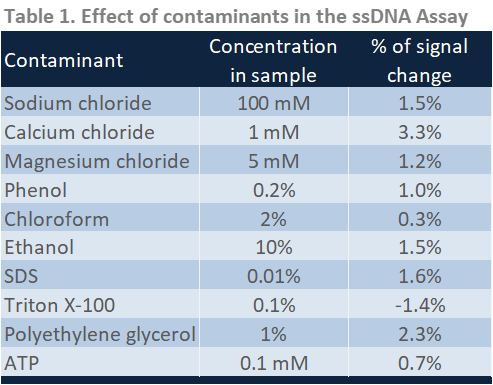

How many samples can be measured at a time? (throughput) What is the upper detection limit (dsDNA)?ĭepends on sample format and volume used (in the case of microplates)

What is the lower detection limit (dsDNA)?ĭepends on sample format and volume used (in the case of microplates)* It takes longer-reagent and sample preparation are required.It has limited sensitivity-detection limits are higher than fluorescence-based methods.
QUBUIT DNA QUANTIFICATION SOFTWARE
It is not selective-uses software algorithms to distinguish mammalian DNA and RNA.It is accurate despite contamination being present in the sample, including nucleic acid contaminants.It is sensitive-can measure pg/mL it is the recommended method for very diluted nucleic acid samples.It is specific-performed measurement is selective for DNA or RNA.Can provide information on contaminants-can identify non-nucleic acid contamination in samples (proteins, phenol, guanidine salts) as well as mammalian DNA/RNA contamination and provide corrected concentrations (applicable to NanoDrop One/One C/Eight instruments).Can provide direct measurements of purity ratios-A260/280 and A260/230.It is simple-no sample preparation, dyes, or standards are required.The limit of detection and linear response of the measurements are specific to each assay.Concentrations of nucleic acids are measured using the fluorescence signal of the sample and a calibration curve is generated from standard samples of known concentration and fit to appropriate regression models.This concentration calculation is automated in many instruments.ε=wavelength-dependent molar absorptivity coefficient (or extinction coefficient) in M -1cm -1.


How is the concentration of nucleic acids calculated?


 0 kommentar(er)
0 kommentar(er)
